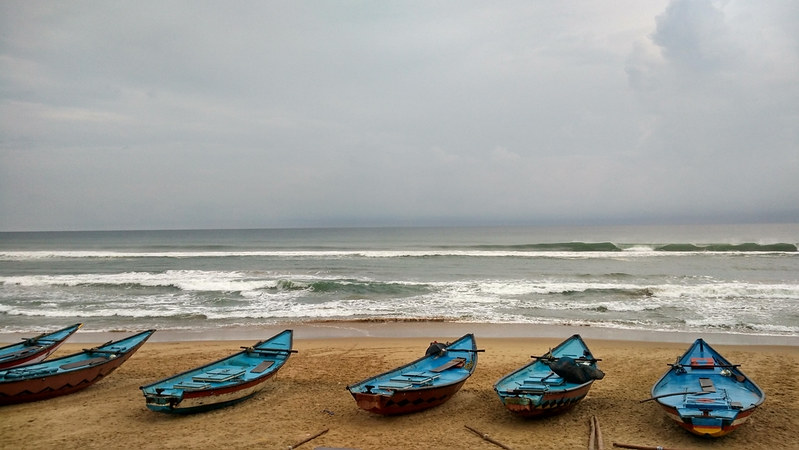Excerpt:
Odisha is fast losing its shoreline to rising sea levels. Its adaptation plans must not only be immediate but also foolproof…
It is a race against time, and tide, for those living in Odisha’s coastal villages. Data with the National Centre for Sustainable Coastal Management, Chennai, shows that 74 villages in the state are severely affected by shoreline erosion—the highest in the country.
A study paper published in the journal Spatial Information Research in June 2018 finds that almost half of Odisha’s coast—196 km of shoreline—has undergone erosion between 1990 and 2015.
A major reason for this is rising sea level, which is surging along the Odisha coast at a rate faster than the rest of the country. A July 2022 paper published in Applied Ecology and Environmental Research finds that sea level along Odisha has risen by 9.5 cm in the 50 years between 1966 and 2015.
The average sea level rise along the Indian coast during the period is 8.5 cm, shows the response to a query in Rajya Sabha in November 2019. Odisha has also been battered by the maximum number of cyclones in the country.
The government is well aware of the crisis, and has been implementing measures to stabilise select areas of the state’s coastline since 2012. In 2010, the Union environment ministry prepared an Integrated Coastal Zone Management Plan (ICZM) to be implemented on a pilot basis in Odisha, along with two other states prone to shoreline erosion—Gujarat and West Bengal.
The plan was to be implemented with Rs 896.37 crore financial assistance from the World Bank. But a 2022 report by the Comptroller and Auditor General of India states that “Inordinate delay in the preparation of this plan resulted in the implementation of pilot investment activities which did not emerge from the ICZM plan and thus, these activities could not complement the plan to this extent…”









